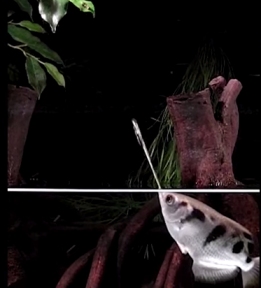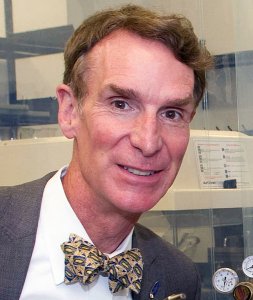
I haven’t written much about the chemistry course I am teaching at Anderson University, but it has been going very well. In fact, it is almost over. I don’t know whether or not I will do it again. It is a lot of fun to be teaching in a live classroom, but it also takes a lot of time to do it right. Unfortunately, that means less time for writing. Whether or not I do it again, I am glad I that did it this time.
As a part of my duties at Anderson University, I was asked to give a lecture for the public that is part of a very interesting series that the School of Science and Engineering is hosting. They said the lecture could be about anything, so I decided to share with the audience the fun you can have with chemistry. In the end, this turned into a lecture about fire, because I am a bit of a pyromaniac. I personally think all chemists are pyromaniacs, at least to some extent.
I started the lecture with burning gases that were held in balloons. Along the way, I taught the audience the basics of combustion. You can see a video of that part of the lecture below. Unfortunately, the camera had a bit of trouble focusing, because we dimmed the lights so the fire could be seen better. In addition, the best part of the lecture (burning a mixture of hydrogen and oxygen) did not translate well on video. The result was a loud explosion that shook the hall, but the camera’s automatic volume adjust ended up making it sound pathetic, so I cut it from the video. Nevertheless, I think you will enjoy the video segment, and I hope you learn from it as well.










